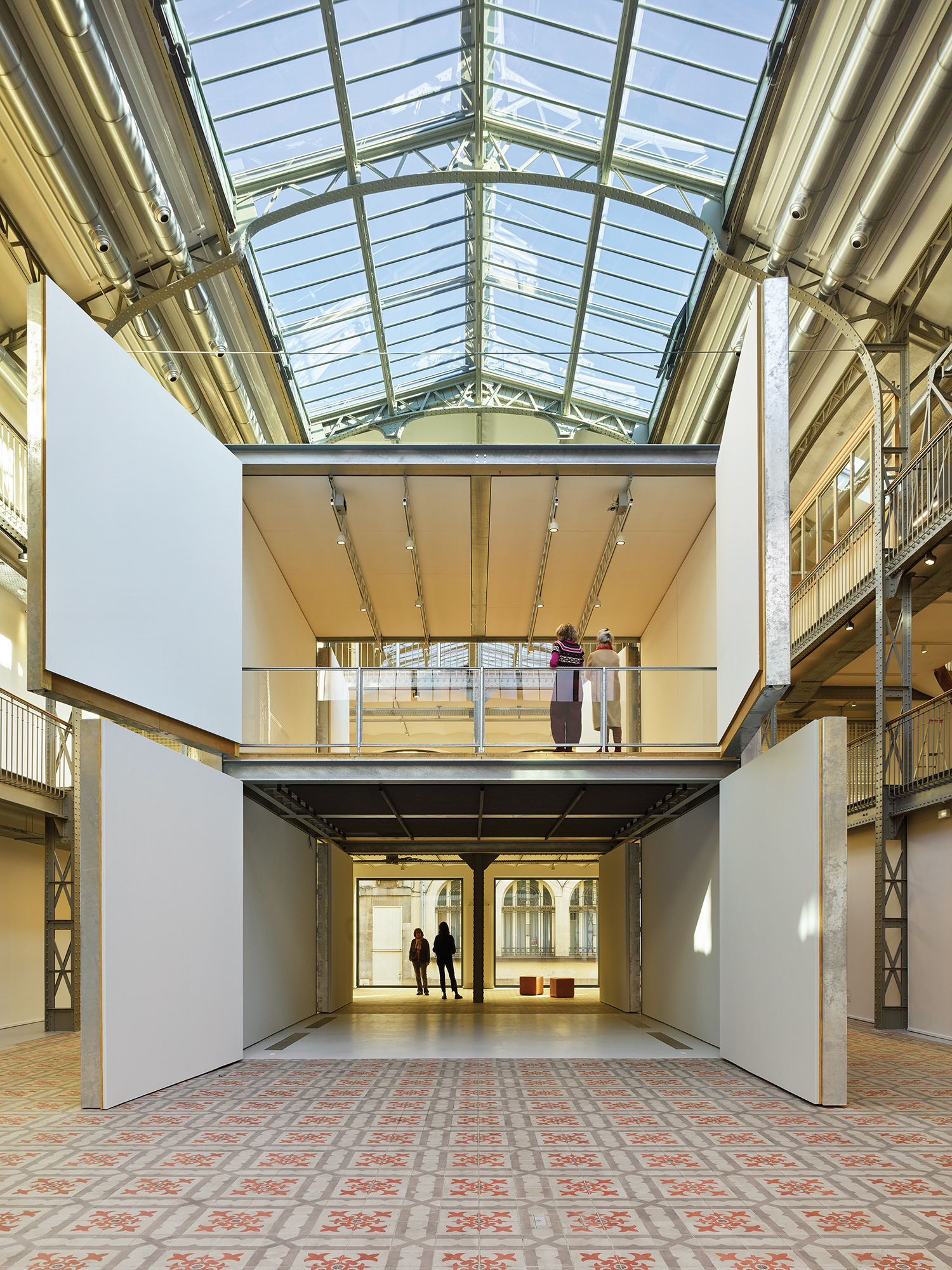IIDA Recognizes Top Healthcare Interior Design
The IIDA recently announced the winners of its 2014 Healthcare Interior Design Competition, which recognizes original and excellent design in the healthcare industry. Perkins+Will New York took home top honors with the Best of Competition award for its Preston Robert Tisch Center for Men’s Health. The 13,000-square-foot project—one of a series of outpatient centers for New York University’s Langone Medical Center in Manhattan—also won the Best of Category award for Ambulatory Care Centers–Medical Practice Suites.
“Perkins+Will’s project demonstrates the significant impact effective healthcare interior design has on a patient’s overall experience,” says Cheryl S. Durst, IIDA executive vice president and CEO. “The center’s masculine design elements—tailored, textured, reserved—appeal to a wide male demographic, while the keen understanding of space and light provide a soothing environment that promotes healing.”
According to Ted Shaw, senior associate at Perkins+Will New York, who worked as the project manager, senior designer, project architect and medical planner on the project, the design concept was based on the duality of the male-centric characteristic—being strong yet vulnerable—and creating a space that is intrinsically rugged yet comfortable.
Shaw and his team set out to create a woven design approach that would address the unique demands of healthcare, including patient experience, operations, aesthetics and lighting. The use of crafted details and tailored finishes were integral in creating a space that would bring to mind a boutique-clothing store, an airport VIP lounge or a country club. Examples include the use of thick, dark wool wall coverings in patient lounges to evoke the image of tailored clothing; and large-format porcelain tiles on elevator lobby floors and reception-desk faces, to communicate permanence, solidity and strength. “Glazed entries between patient lounges and clinical spaces create a welcoming atmosphere, and a truly transparent aspect to healthcare delivery, versus the typical behind-the-curtain labyrinth of internal clinical areas,” Shaw adds.


